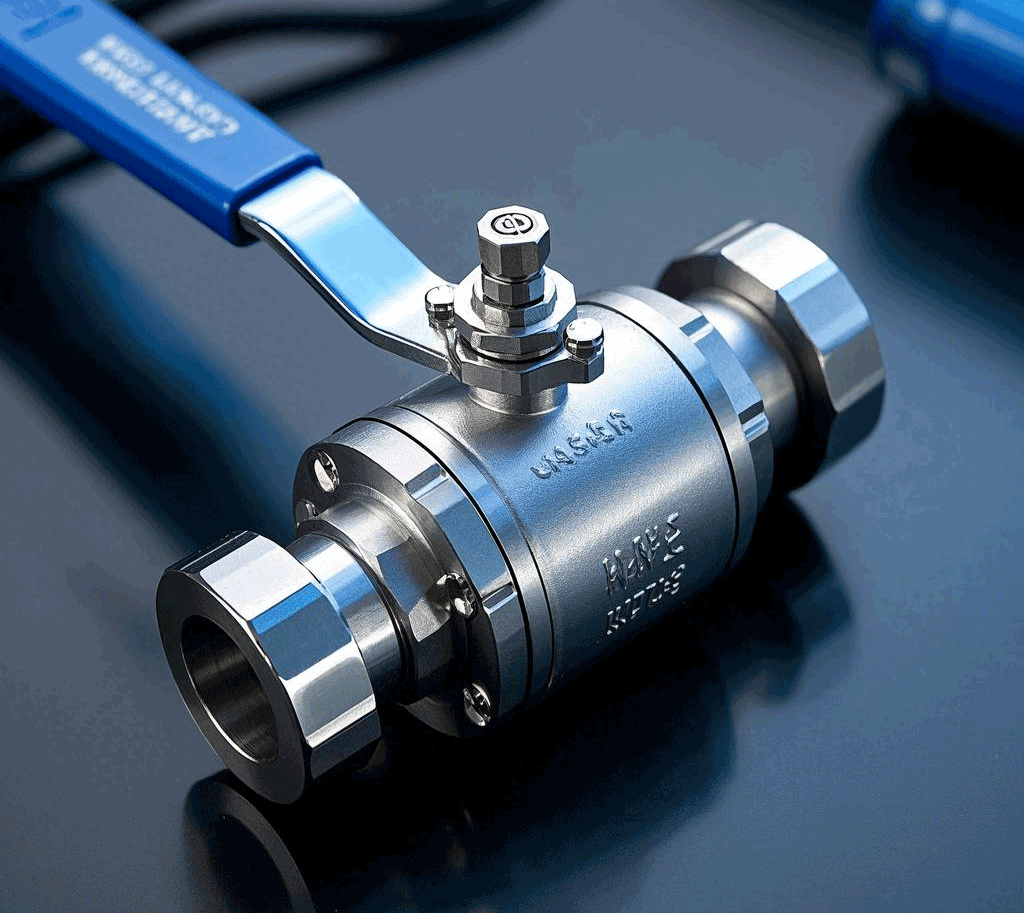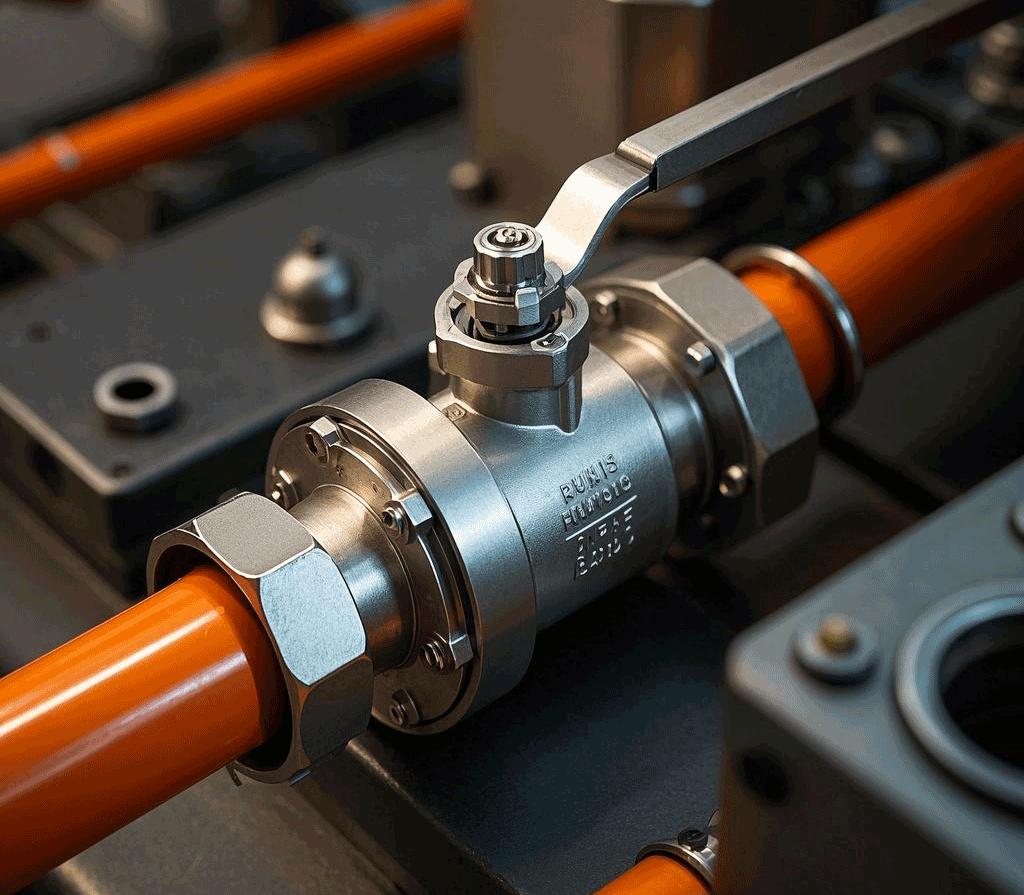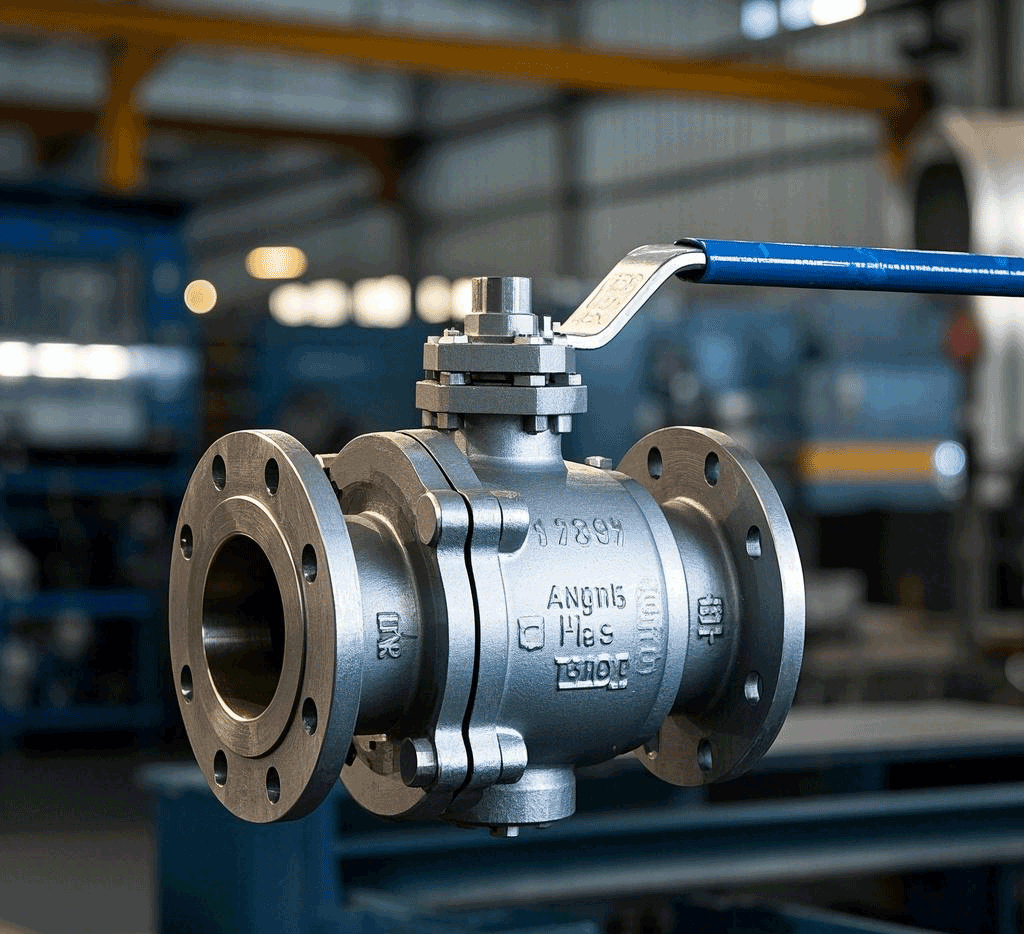When disassembling and cleaning ball valves, it is critical to follow a series of clear and detailed steps that not only affect the performance of the ball valve, but also the safety of its operation. The following guide will help you understand and complete these steps with ease.
Safety preparation before disassembly
Pressure Relief: Before disassembling a ball valve, be sure to verify that the piping upstream and downstream of the ball valve has been completely relieved of pressure. This is a critical step in preventing accidents.
Precautions during disassembly
Protecting the sealing surface: When disassembling the ball valve, special care should be taken to avoid damaging the sealing surface of the parts, especially non-metallic parts. When removing the O-ring, it is recommended to use a special tool, which can reduce the risk of damage.
Tightening tips for assembly bolts
Uniform tightening: When assembling the flange, the bolts must be tightened symmetrically, gradually and uniformly. Doing so will ensure a tight flange connection and prevent leakage.
Selection and use of cleaning agents
Compatibility: The cleaning agent should be compatible with the rubber parts, plastic parts, metal parts and the working medium (e.g. gas) in the ball valve. If the working medium is gas, metal parts can be cleaned with gasoline, while pure water or alcohol is recommended for non-metal parts.
Cleaning method: Disassembled parts can be cleaned by immersion washing. For metal parts with non-metallic parts still attached, they can be scrubbed with a clean silk cloth impregnated with cleaning agent (taking care to avoid shedding fibers). When cleaning, make sure to remove all grease, dirt, adhesive buildup and dust adhering to the wall surfaces.
Special handling of non-metallic parts
Avoid prolonged immersion: Non-metallic parts should be removed from the cleaner immediately after cleaning to avoid damage caused by prolonged immersion.
Evaporation and assembly: After cleaning, it is necessary to wait for the detergent to evaporate completely from the washed wall surface before assembly. To avoid rust and dust contamination, do not leave the parts for a long time.
Preparation of new parts
New Parts Cleaning: New parts also need to be cleaned before assembly to ensure that their surfaces are clean and free of impurities.
Use of Grease
Choosing the right grease: The grease should be compatible with the metal material, rubber parts, plastic parts and the working medium of the ball valve. If the working medium is gas, grease such as Te 221 can be used. Apply a thin layer of grease to the seal mounting grooves, rubber seals, and stem sealing and friction surfaces to minimize friction and wear.
Cleaning Requirements During Assembly
Maintain cleanliness: During assembly, make sure that no metal shavings, fibers, grease (unless used as specified), dust, or other contaminants contaminate, adhere to, or remain on the surfaces of the parts or enter the internal cavities. This ensures sealing performance and operational efficiency of the ball valve.
By following the above guidelines, you can easily complete the disassembly and cleaning of ball valves to ensure stable performance and prolong their service life, as well as safeguard operational safety.
Ball Valve Disassembly and Cleaning Guide: Steps to Ensure Safety and Efficiency



